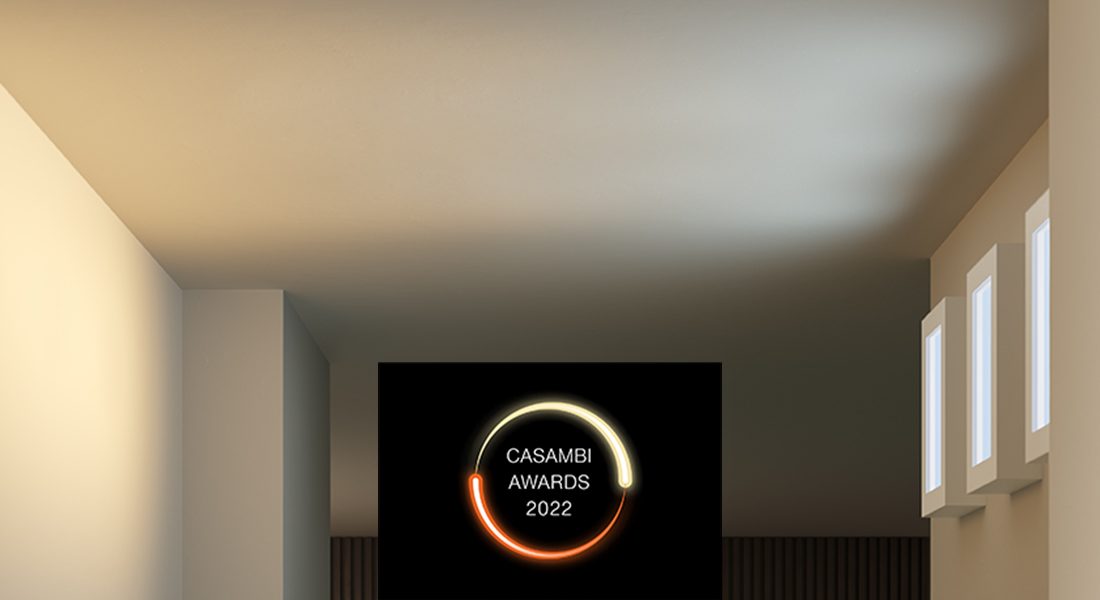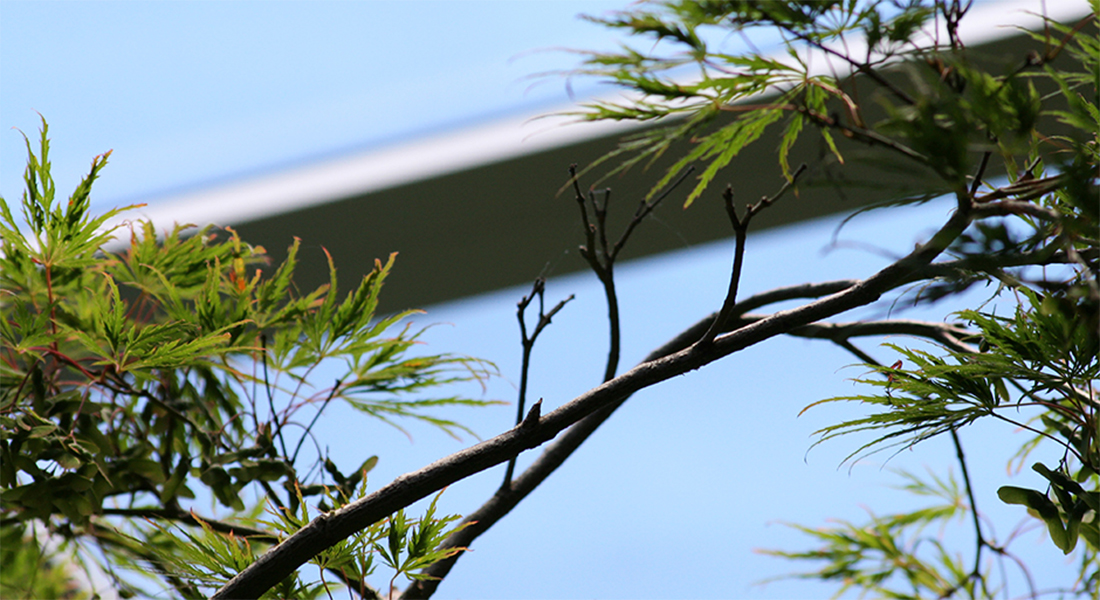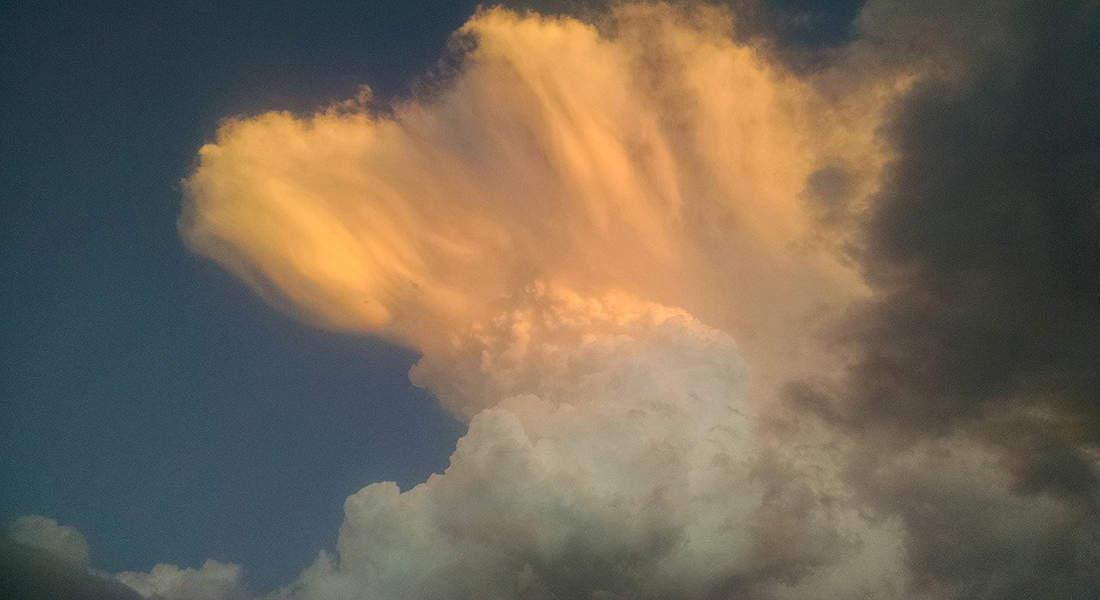At the beginning of this new year, we shared the CoeLux wish-list with you with some of the things we would like to do in 2020. Our good intentions, let's say:
- Spot the so called twilight zone out of the window of a plane
- Dive in the sea at dusk
- Take a picture of the sky using my new reflex
- Visit Rome on 21st April
Today we begin to tell you about the first.
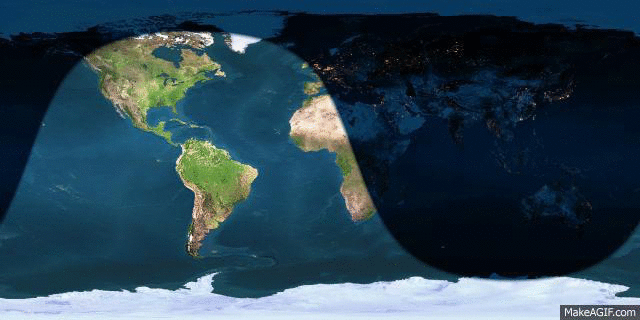
Year time-lapse
This time-lapse shows a complete year of changes to the solar terminator. The images are taken on the 21st of each month at the same time of a day. Source: https://imgur.com/gallery/b5b8d/comment/558517109
Our Research & Development department consists of professionals in the fields of optics, physics, chemistry and engineering. Today we want to tell you about an atmospheric phenomenon which fascinates us greatly, the twilight zone and that, for the lucky ones, (in some particular conditions) it is possible to admire from the windows of an airplane at high altitude.
We who have the passion for the sky, this year we want to admire the twilight zone from above (and photograph it, of course).
A twilight zone or solar terminator is a moving line that delimits the daylight side and the dark night side of a planetary body. The terminator is defined as the set of points on a moon or planet where the rays that make up solar radiation are tangent to the surface. An observer on the terminator of such an orbiting body with an atmosphere would experience twilight due to light scattering by particles in the gaseous layer.
The terminator passes through all points on the Earth’s surface twice a day, once at sunrise and once at sunset, except for the polar regions where this only occurs when the point is not experiencing midnight sun or polar night.
https://en.wikipedia.org/wiki/Terminator_(solar)#/media/File:XEphem-sunset-animation.gif
(A seasonal animation of the terminator line at sunset over central Europe)
The line separates portions of the Earth where there is light from those where there is darkness.
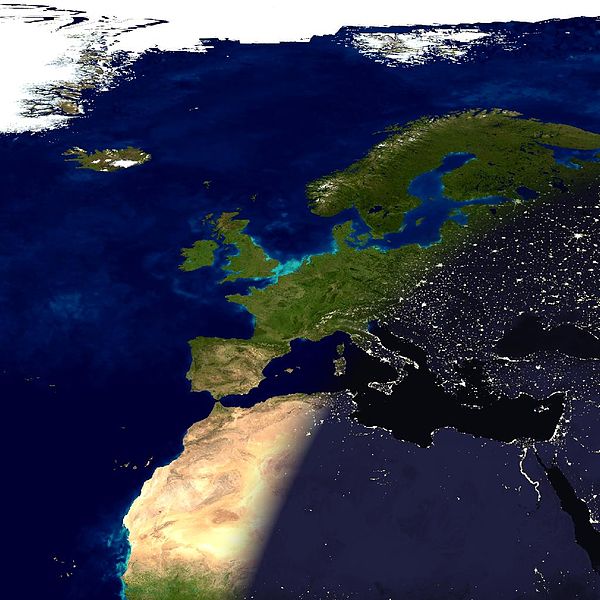
While half of the Earth is illuminated in time at any point (except during eclipses), the location of the terminator changes according to the time of day due to the Earth’s rotation on its own axis and the Earth’s revolution around the sun.
The terminator path also varies throughout the year, the angle of the line being almost parallel to the lines of longitude during the equinoxes, and at its maximum angle of about 23.5° during the solstices.
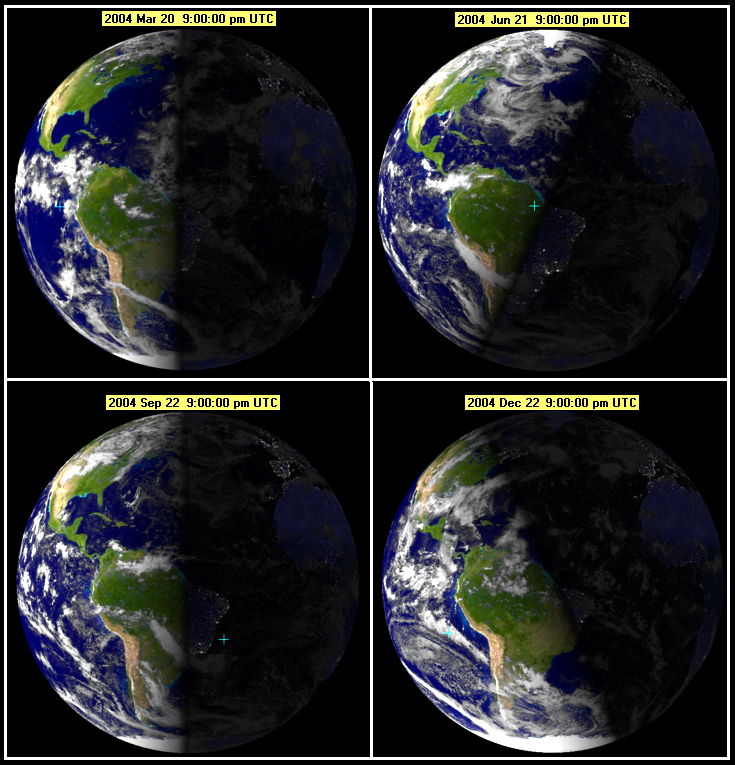
The orientation of the terminator between the northern and southern hemispheres depends on the season. On the spring and fall equinoxes (around March and September 21), there is no tilt of the Earth with respect to the Sun so the terminator line is parallel with the axis of the Earth and with the lines of longitude.
At the equator, under flat conditions (for example without obstructions like mountains or at a height above any such obstructions), the terminator line moves at about 1.600 km/h. This speed may appear higher when nearby obstructions, such as a mountain, cast their shadow in a flat area. The speed of the terminator decreases when approaching the poles, where it can even reach a speed of zero (full-day sunlight or darkness).
On board an airplane, under certain route and weather conditions, it is possible to fly over the terminator and visually change from a night situation to a day situation (either the opposite) in a few minutes. Paradoxically, if the route of the vehicle was parallel to the terminator, you would have on one side the illuminated part of the hemisphere and on the other side the dark one.
You might be able to experience the day from one window and the night from the other for a few minutes.
And it's an experience that we absolutely want to be able to have!




